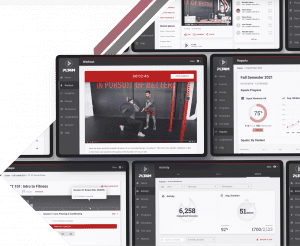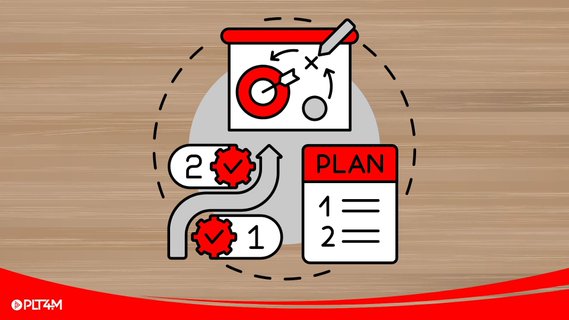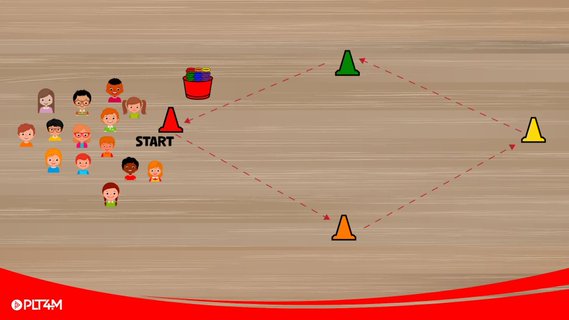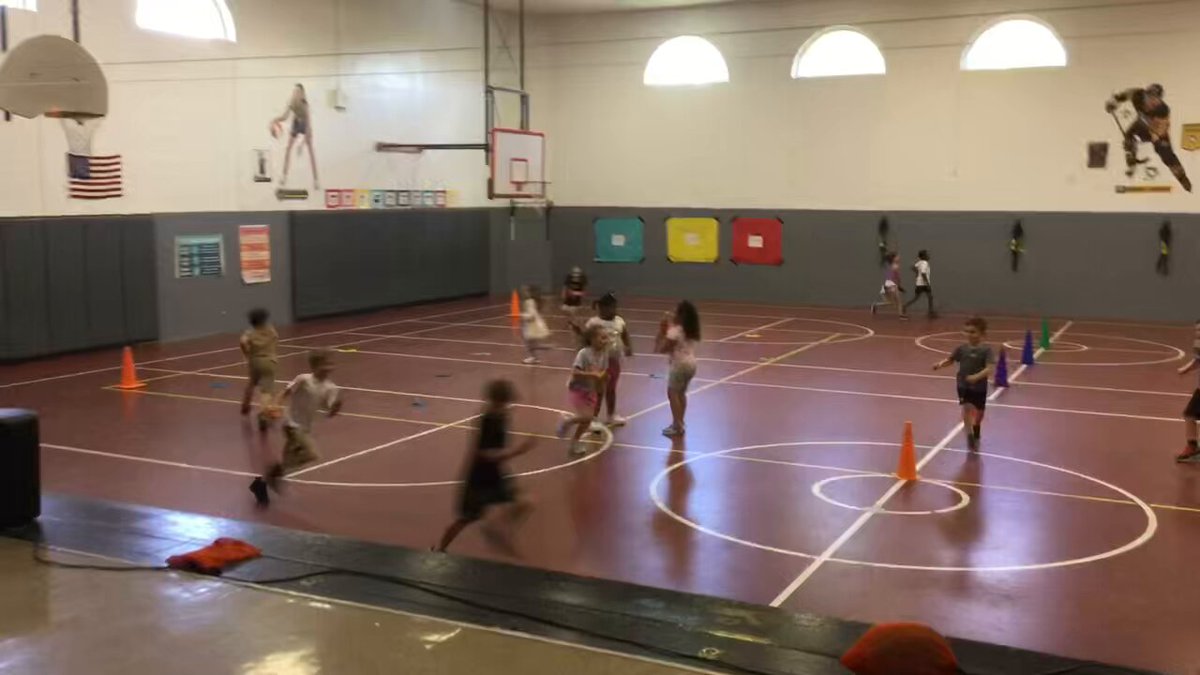Data can be a powerful tool for education. But more often than not, we collect data and then struggle to do anything actionable with it. In physical education, this usually takes the form of annual fitness testing and data collection that inevitably gathers dust on a shelf. But at Baraboo High School in Wisconsin, data-driven physical education empowers students, informs teachers and administrators, and creates impressive results.
The Recipe For Data-Driven Physical Education
PE teachers Steve Turkington and Terry Kieck have always looked to take a data-driven approach to physical education at Baraboo. And historically, Steve and Terry compiled data with printouts and spreadsheets. But managing that data and paperwork for over 200 students taking the class throughout the school day proved time-consuming.
But after Covid forced everyone remote, Steve and Terry realized they had the recipe to go digital in the strength and conditioning elective. Better yet, this recipe wouldn’t just work for Covid but for the long-term future of the strength and conditioning class. Steve explains the setup,
“Every student has a 1-to-1 Chromebook. We realized we could use technology in PE to deliver workouts and track progress and data directly through the 1-to-1 devices.”
Now, students use their Chromebooks to access workouts via PLT4M. As a result, Baraboo has gone entirely digital and has unlocked new levels of data-driven physical education.
Next, let’s explore 3 ways Baraboo High School implements a data-driven physical education program in its’ strength and conditioning elective.

1) Real-Time Feedback
Baraboo students learn and develop various skills during the strength and conditioning classes. But a primary focus is placed on their 3 core lifts of squat, bench, and clean. Using PLT4M, students see personalized weights and have the opportunity to improve on a weekly basis. Terry says that this is incredibly powerful for everyone from beginner-level students to more advanced lifters,
“Because we incorporate weekly worksets, students don’t have to wait until the middle or end of the semester to see progress. The worksets allow students to see real-time feedback week over week that can be extremely motivating.”
And because the classes do have many beginners starting with empty barbells, even just adding a few pounds is something Terry says is worth celebrating,
“We call it the two-plate club. When a student adds a 10 and 5 to the barbell, that is ‘two plates,’ which is a massive improvement for any individual.”
2) Informs Instruction
Beyond motivating students, the worksets and data also help inform instruction. Steve says that the constant stream of data allows the teachers to know what is and isn’t working,
“If a student isn’t showing growth, we know something is wrong. It helps us have conversations and change our approach to meet students where they are at.”
To help with this, Baraboo utilizes PLT4M’s instructional videos to deepen learning and understanding. While students can access videos right on their Chromebooks via PLT4M, Steve says that they also display videos on two TV monitors in the weight room,
“The videos enhance the learning experience for students. It gives them the reinforcement of good form and technique that can improve and promote progress.”
Bonus Content: Instructional Video introducing the Barbell Back Squat.
3) Student Learning Objectives
Data-driven physical education doesn’t just help motivate students and inform instruction. It also helps to illustrate and define success for teachers and administrators. Steve and Terry have incorporated data into their Student Learning Objectives. Baraboo can measure and quantify the impact of the strength and conditioning classes through data.
This past year, Steve and Terry set lofty goals to see a 30% improvement across the 3 core lifts. But they didn’t just expect to see change magically happen overnight. Instead, they designed and planned the semester to help instill actual change and progress. Terry says the results were encouraging,
“We saw anywhere from 20-30% growth in core lifts across our classes, showcasing how much progress students made. We didn’t hit our big 30% goal across the board, but we could look at the data and understand why and what was working.”
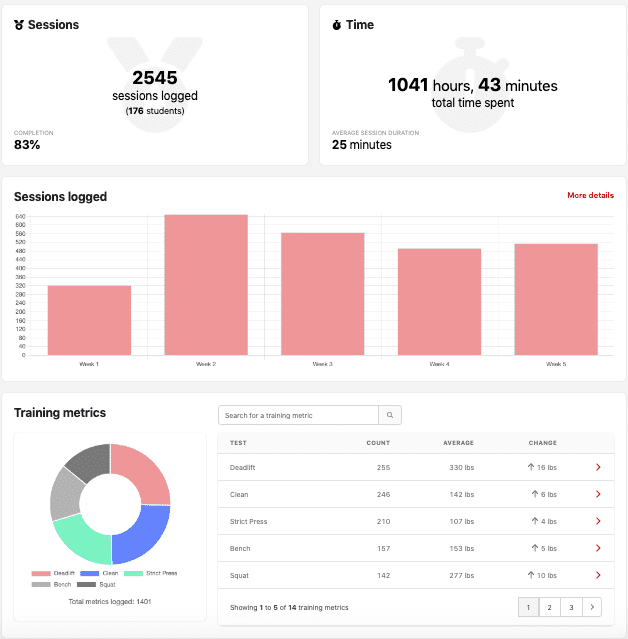
Ready to Learn More?
Schedule a free 10 minute consultation to see how PLT4M can help save you time and empower student learning!
Key Takeaways on Data-Driven Physical Education
While Baraboo focuses on core lifts like squat, bench, and clean, other schools can consider different metrics or data points they want to use to define and measure success at their school. Steve says that with the incorporation of technology, the options are endless,
“We have found a way to adapt PLT4M to fit our unique needs. And we have also found other ways to use data, like with our grading, creating leaderboards, and more. A lot goes into our strength and conditioning classes, and data is a powerful tool for long-term results.”
Baraboo High School has redefined what data-driven physical education looks like. Beyond collecting data, Baraboo is utilizing key metrics to motivate students, inform instruction, and provide feedback to administrators.


